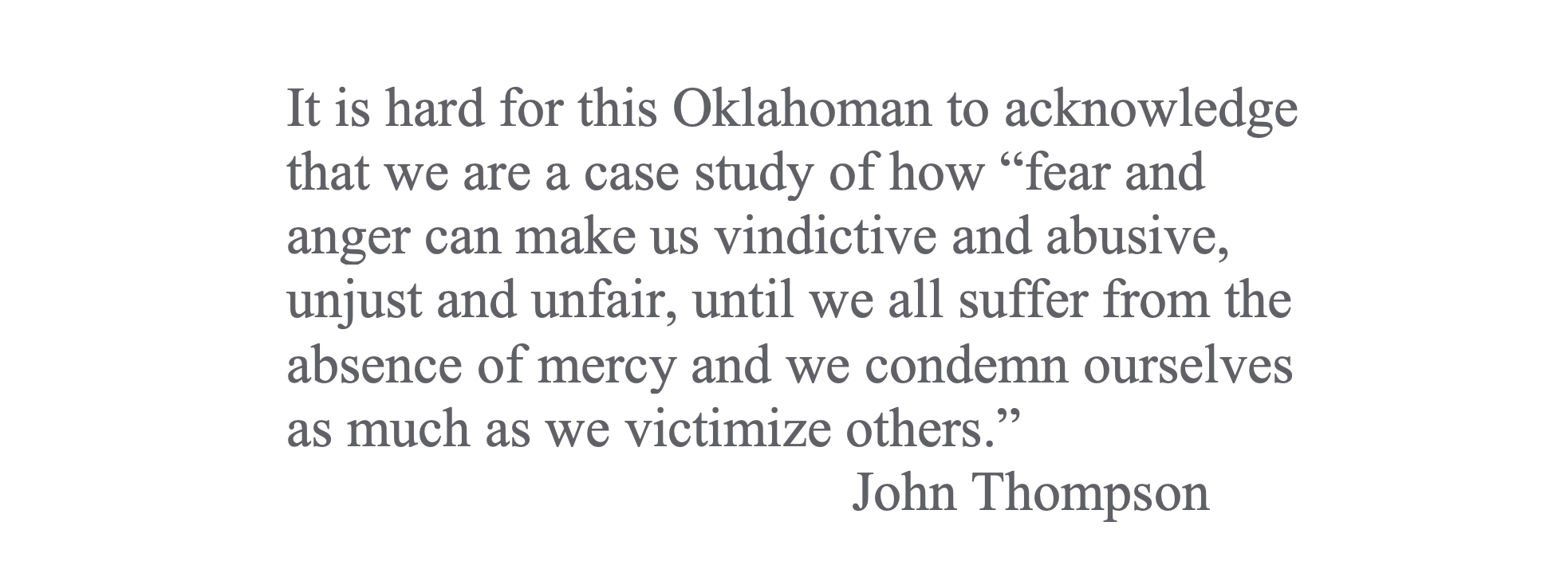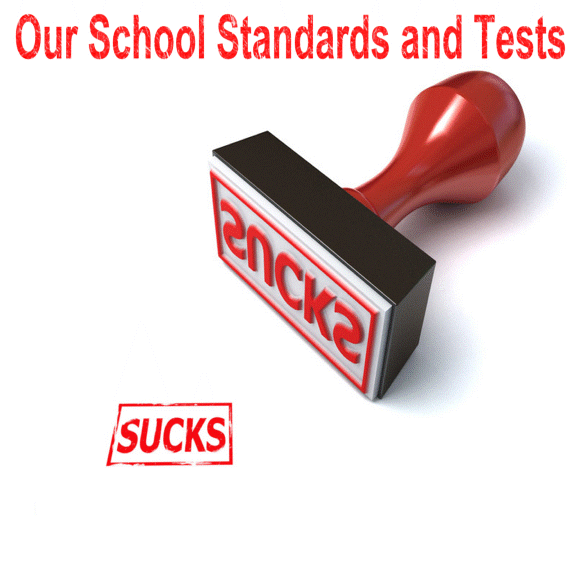Jackie Goldberg Wins School Board Election, Again ~ Will Face Runoff ~ L.A. TACO
JACKIE GOLDBERG WINS SCHOOL BOARD ELECTION, AGAIN ~ WILL FACE RUNOFF
With 100 percent of of precincts reporting, Jackie Goldberg was the big winner of Tuesday’s special election to represent L.A. Unified’s 5th District on the Board of Education.
With 48.26 percent of the votes, she fell less than two percent shy of the threshold to avoid a runoff in May with the second place finisher. That appears to be Graciela “Grace” Ortiz (13.3 percent) who is narrowly ahead of Heather Repenning (13.09 percent).
That election is scheduled for May 14. Goldberg’s showing in Tuesday’s elections puts her on the path for her second tenure as a member of the school board.
Goldberg is a former teacher, L.A.City Council member, and California State Representative. She was an LAUSD member and president in the 1980s, when she spearheaded district wide bilingual education initiatives. Goldberg has been a powerful force in local left and progressive politics, especially in the northeastern part of the city, where half of LAUSD’s 5th district lies.
Goldberg is a champion of afterschool programs, authoring state bonds to increase funding for public education, and striking a tone of undaunting support for public education and the UTLA teachers union. She has also signaled a flexibility to work with both local charter school administrators and LAUSD superintendent Austin Beutner. She racked up support from State Superintendent of Public Instruction Tony Thurmond, Dolores Huerta from the United Farm Workers, the local chapter of the Democratic Socialists of America, and United Teachers Los Angeles.
“Our local charter school administrators, they do believe they are doing a good job, my problem isn’t with them.” Goldberg told L.A. Taco, “The problem is legislation in Sacramento that means that charter and public schools can’t co-exist. The system unintentionally economically undermines schools with parents who keep kids in public schools” by tying public dollars to enrollment, meaning policy at the state level takes money out of public schools when parents enroll their kids in charter schools.
Goldberg reiterated to L.A. Taco that she didn’t want to close charters. She does want them to be more regulated by the district and the state. She also wants charter schools to submit budgets to the district, a stop to co-location of charter schools inside of LAUSD buildings, and a moratorium on the building of new charter schools until a district wide study is done to assess their impact on public education in the city. CONTINUE READING: Jackie Goldberg Wins School Board Election, Again ~ Will Face Runoff ~ L.A. TACO































